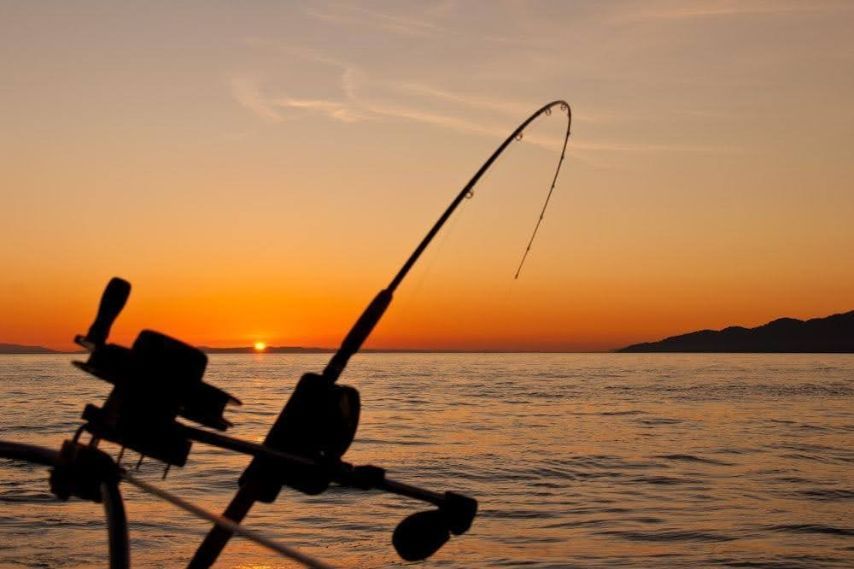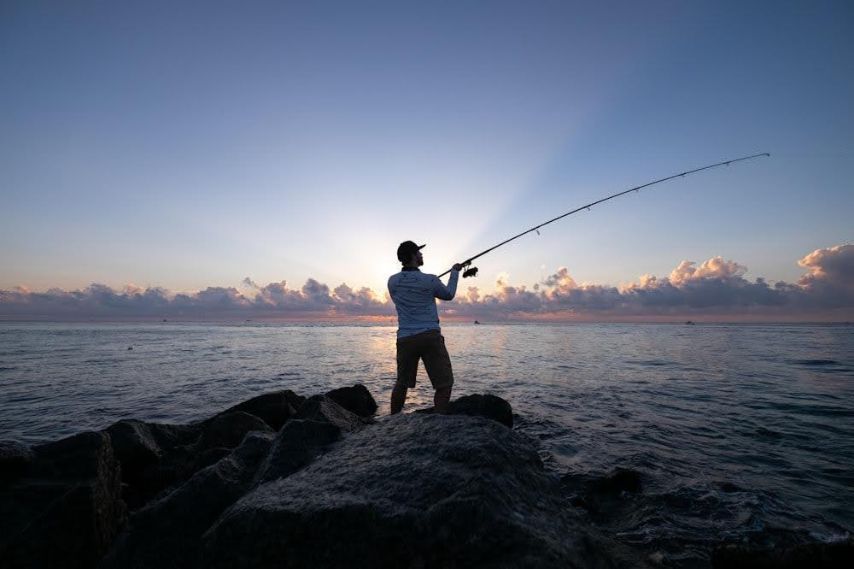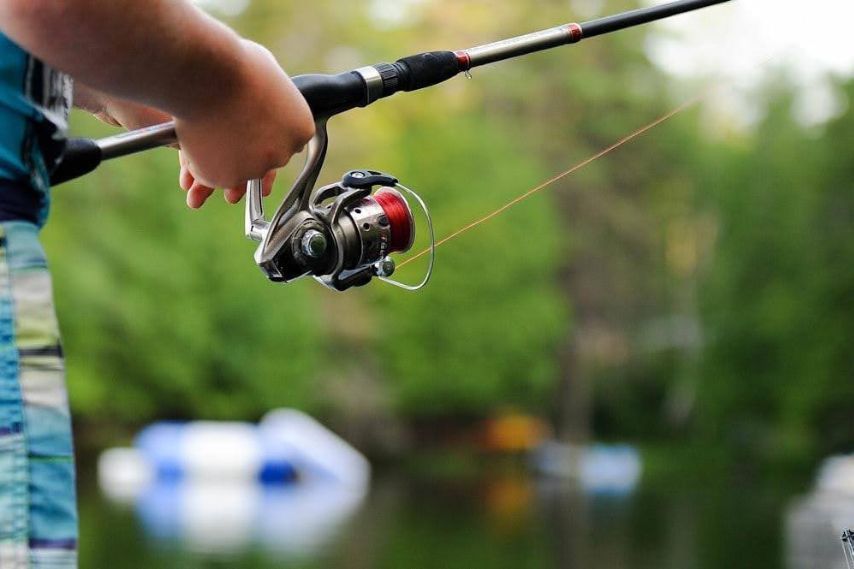Explore the Latest Advancements in Fly Fishing Reel Technology

Explore the latest innovations in fly fishing reel design
Fly fishing has gained massive popularity in the last few decades. With more anglers embracing the challenge, manufacturers have tried to outdo themselves by innovating new technologies to make fly fishing fun. In this blog, we’ll discuss some of the most critical innovations in fly fishing reel design and performance one should watch for—whether you're searching for a new reel or just interested in fly fishing.
While fly reels are critical to presenting flies to fish and landing them, a contemporary fly reel should be durable, lightweight, smooth, and dependable in fresh and saltwater. Reel manufacturers have improved reel drag systems, materials, retrieve speed, and all-round performance. Here are some of the improvements:
1. Drag Systems
One area that has seen significant improvements in drag systems is that they are crucial for landing fish on the light fly lines. A fly fishing reel earlier employed simple plate and pinion drag mechanisms that could be inconsistent and could not fine-tune drag pressure. Modern reels now use more sophisticated disc drag systems that provide precision, smoothness, and durability.
Leading brands incorporate multiple-disc carbon fiber or ceramic drag systems into their top-of-the-line reels. These systems distribute drag pressure evenly across multiple surfaces for smoother engagement.
Also, many high-end models now allow micro-adjustable drag with click adjustments spanning a wide pressure range. This enables anglers to dial in the right amount of drag for different fish and conditions.
Ceramic and carbon fiber materials reduce start-up friction compared to traditional metal discs. This results in improved feel and reliability in freshwater and saltwater environments.


2. Improved Materials
Materials science has significantly fueled innovation in fly reels. Many current reel offerings are built with the frame of state-of-the-art composite polymers and carbon fiber/graphite. Although stronger than before, their weight has been slashed nearly in half.
Today, an angler can cast a minute dry fly or a gargantuan streamer all day and never feel it. The best models today weigh under three ounces. The reels are also made from lighter yet almost equally durable materials, including aluminum.
Component integration has also been improved. Sealed bearings, gears, and disks protect the internals from water and contamination, making such systems more durable. Assemblies susceptible to harsh environments receive additional benefits, with reel seats and hardware receiving corrosion-resistant coatings.
Composites make it possible to create intricate geometries and curvatures that more closely mimic living handling balances. Overall, superior engineering and durable modern materials enable reels to endure several years of zealous usage.
3. High-Performance Retrieval
Tight-lining streamers, swinging large wet flies, and retrieving backcasts at speed significantly demand a reel's retrieval performance. Top models now come with retrieval speeds exceeding 100 inches of line per turn of the handle or faster under load. This allows you to fight heavy currents rapidly or work flies to maintain regularity with large-diameter flashing presentations.
Internally geared reel designs with a sealed bearing offer exceptional smoothness at high speed. They have carbon fiber or ceramic pickup pins and a disc-breaking system that has maintained dependability for many years.
Larger arbor spools with heavier drag systems ensure the line lays clean and orderly at the rapid pickups required for big flies and fish. Finally, longer-stroke carbon fiber or graphite handles have contoured EVA or cork grips for added cranking power with less energy.


4. Advanced Controls and Features
The best new fly reels integrate refined ergonomics and valuable adjustments to enhance control and versatility. Multi-disc drag systems allow precise, click-adjust pressure tuning from fingertip levers.
Line roller pressure control ensures the weather line does not slip from a loose one. Longer plastic or machined aluminum line guides protect the fine line beyond the maximum. Double-action anti-reverse handles provide an emergency backup in case of tangling. Many top models have reversible or interchangeable handles and rapid-change spools to switch between fresh and saltwater lines.
Digital displays, counters, or sensors function more like fishfinders to track line meters out or fish caught. Other benefits, such as rear drag controls and four-position quick-set locking drags, reduce setup configuration changes between species. Today's latest fly reel design keeps fast fingertip controls in the hands of fishermen.


5. Specialized Models
In conclusion, several fields of specialization warrant innovation. Extra-large arbors and star drags are used in Spey reels and switch rod reels to cast far with heavy lines. The modernist compact-style reels are retracting for packing trout and panfish, and they are reeled to be as light as feasible and smooth.
All-rounders are intermediate or small steelhead reels that are excellent for many fisheries. Proven saltwater reels have a large drag, sealed internals, and corrosion resistance and are considered distance turnover shooting reels or tenkara, Euro-nymphing, and spey-overs coercion reels. In summary, regardless of your approach in the vast fly-fishing industry, there is now a top-performing fly reel solution.
Conclusion
The rest of the fly reel design evolved dramatically from the basic machined or cast, with single-bearing side plates. In recent years, drag technology, composite materials, and control layouts have taken precedence. Each piece is made to enhance the style of fishing and the situation in which it will be used. As fly fishing advanced into a new strategy, fly reel manufacturers worked to develop reels.
Anglers now have more technically advanced single-action fly reels suited for hard-fought trout streams and marlins than ever before. Those days of compromising on running after large drag numbers are over. They've improved, with superior drag power, less weight, and tailored capabilities for any available quest. Fly reel technology will be pushed higher by more materials science and integration. However, modern options allow avid and casual anglers to enjoy the rich tradition and challenges of fully fly fishing.




